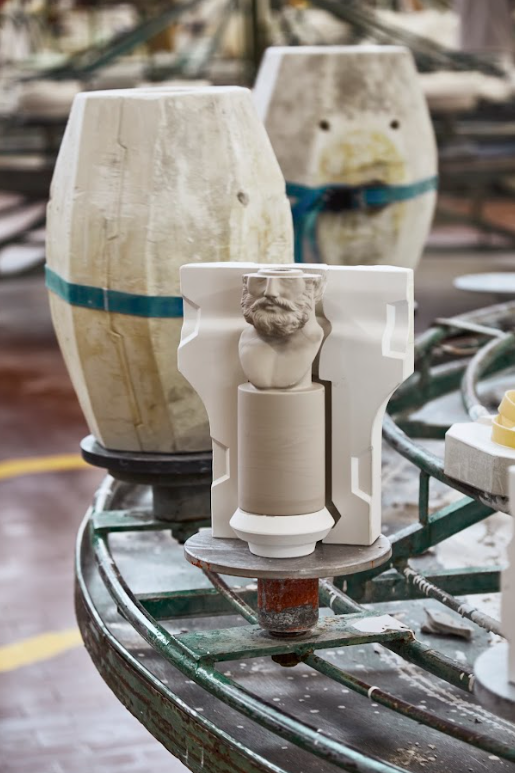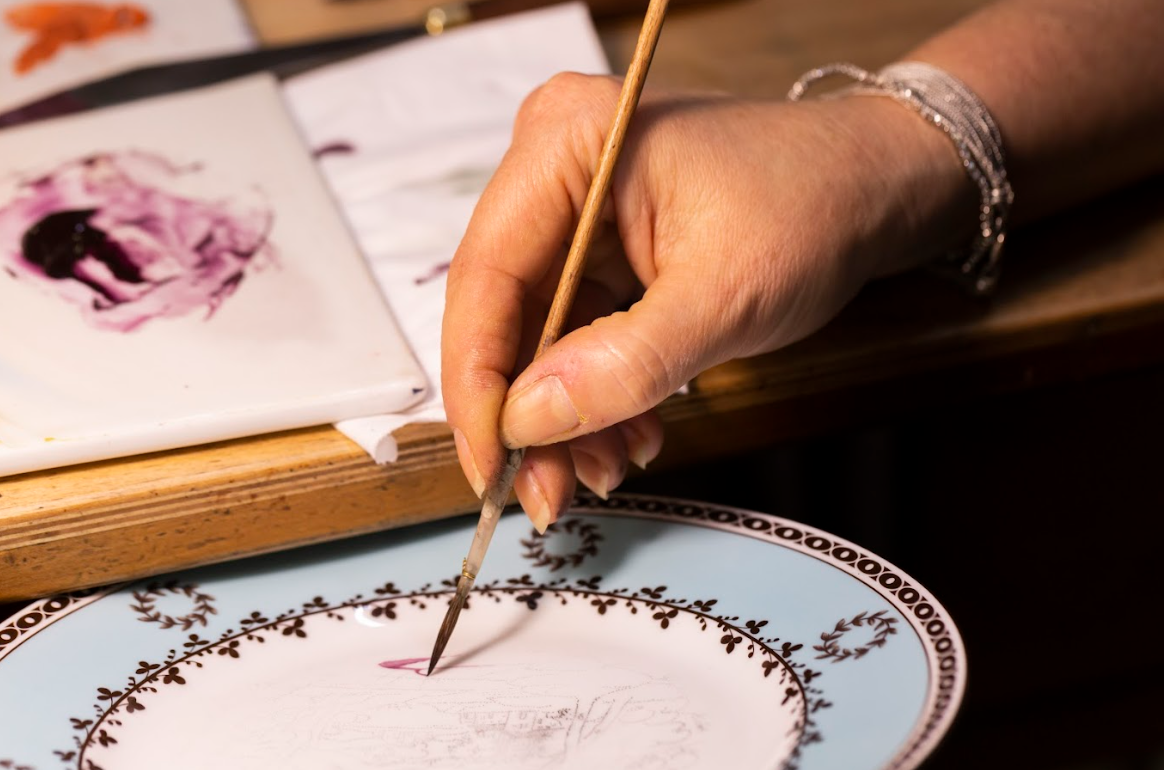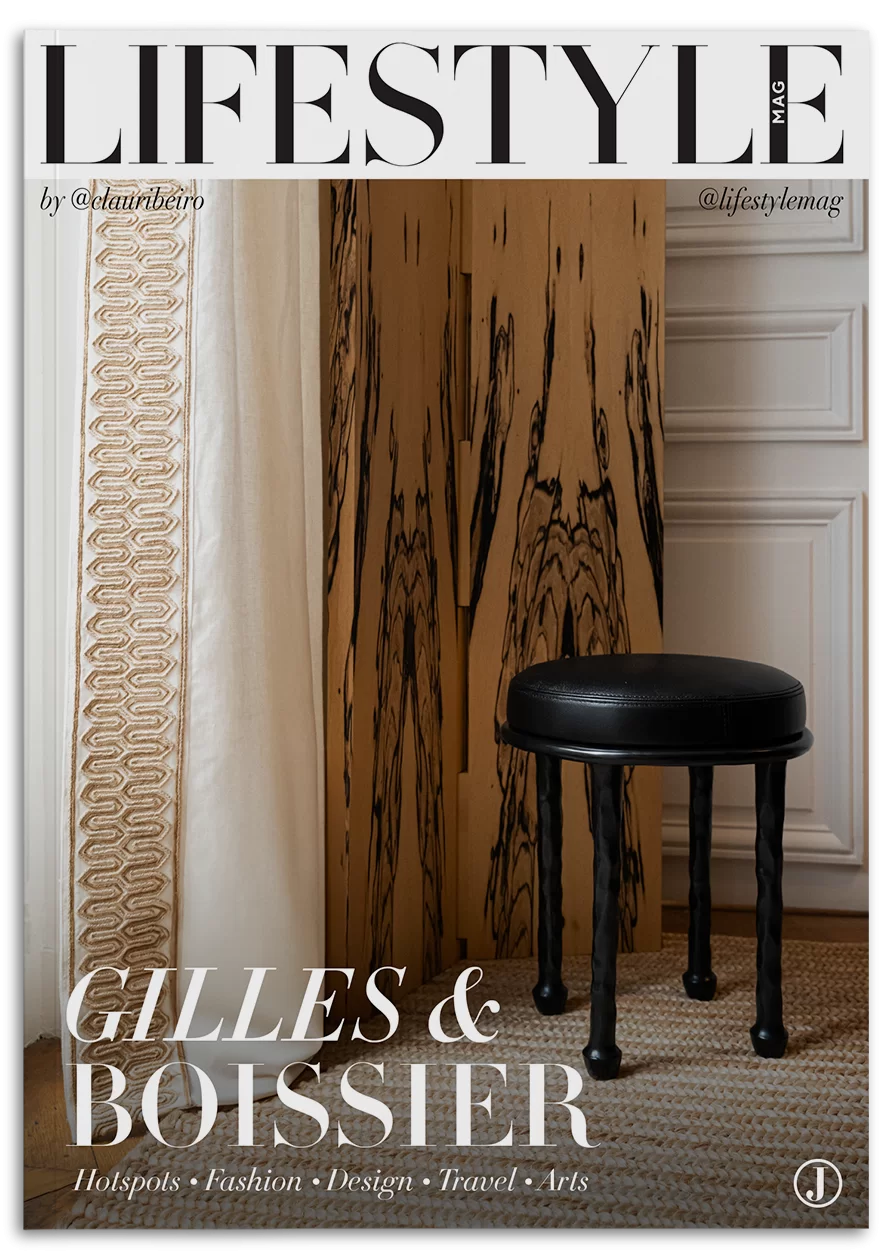
Worldwide icon of style in porcelain
Tradition and excellence combined with timeless beauty: this is the formula of the acclaimed Ginori 1735 to transform the art of the table into a wonderful ritual and enchant to this day
The brand’s name refers to the company’s origins in the 18th century, when the Marquess Carlo Andrea Ginori founded the Manifattura di Doccia in Doccia, on the family estate just steps from Florence. For more than two centuries, the Ginori Manufactory nurtured a single obsession: beauty. Inspired by his passion for white gold, Ginori created a porcelain factory destined to become a worldwide icon of style.

The transition from the Age of Reason to the Age of Feeling marks a new chapter in artistic taste and porcelain manufacturing. Florence became the stage for a controversy between academics advocating the ideal of beauty and the naturalists. In 1806, leadership of the Manifattura passed to Leopoldo Carlo Ginori Lisci. The young heir immediately demonstrated a broad entrepreneurial vision, initiating a process of renewal. By 1850, the art of decoration and the made‐in‐Italy style had gained prominence. The era of International Exhibitions, naturalist taste, and Romanticism began. Collections were enriched with floral motifs and new table decorations. From 1896 onward, the Manifattura expanded and the Richard Ginori Ceramic Company was born. The tradition of master craftsmen met new technologies, and creations were perfected through the use of new patents.

In 1923, a kind of artistic revolution took place under the leadership of Gio Ponti, appointed Creative Director. Thereafter, the Ginori Manufactory spread its pieces across Europe. For ten years, under Ponti’s baton, the brand pursued new horizons while never losing its love for the old and remaining enchanted by Eastern cultures – winning the Grand Prize at the International Exhibition of Modern Decorative and Industrial Arts in Paris in 1925. Numerous iconic designs sprang from his creativity, notably the porcelain plates and various Labirinto and Catene objects, all created in 1926.

Giovanni Gariboldi, one of the most influential figures in the history of Italian decorative arts, began his career at 18 as a model-maker apprentice under Gio Ponti’s guidance. Years later, amid a modern, post-war society in flux, Gariboldi took command of Ginori as Artistic Director. During his tenure at the Manifattura, he redefined the conventions of porcelain art by uniting aesthetics and technique, beauty and practicality, design and everyday life. In the following decade, Gariboldi brought the Manifattura’s art into daily dimensions – the tableware sets Ginori 1735 interpreted this class with a minimalist design. The Colonna collection made 1954 a pivotal year for Gariboldi. The extraordinary aesthetic integrity with which he met the demands of minimal dimensions and practicality earned him the first Compasso D’Oro, the world’s most prestigious design award, for highlighting both functionality and artistry in design objects.

In 1985, the Manifattura was refreshed with the expertise of the leading Italian designers of the era: Franco Albini, Franca Helg, Antonio Piva, Sergio Asti, Achille Castiglioni, Gabriele Devecchi, Candido Fior, Gianfranco Frattini, Angelo Mangiarotti, Enzo Mari, and Aldo Rossi. At the start of the 21st century, the Ginori Manifattura was acquired by Gucci, and Alessandro Michele became its Artistic Director. His contemporary vision gave rise to new collections that successfully reinvent the centuries-old craftsmanship cherished by the Manifattura, with flagship stores in Florence and Milan, bridging the world of high-quality porcelain tableware and household objects with luxury and lifestyle.
Today, the Ginori 1735 collections chronicle the Manifattura’s journey over nearly three centuries. A voyage inspired by a love of beauty, a lifestyle reflected in every piece of tableware, in Ginori porcelain plates, in fragrances, art objects, and furniture. A journey that has introduced masters of style, art, and design.



